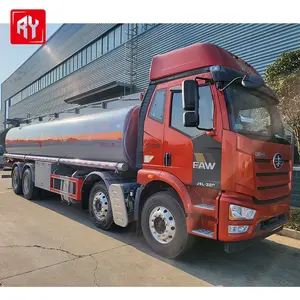
All categories
Featured selections
Trade Assurance
Buyer Central
Help Center
Get the app
Become a supplier














Lái xe ben có thể là một quá trình khó khăn, nhưng việc chọn một mẫu xe phù hợp có thể giúp người lái xe thoải mái hơn. Với sự lựa chọn của chúng tôi về xe tải hino bán buôn, từ xe ben ba trục đến xe tải khai thác, chúng tôi cung cấp tùy chọn thích hợp để phục vụ cho các nhóm người dùng khác nhau.
Khi chọn xe tải hino , các thông số kỹ thuật của xe ben phụ thuộc vào nhu cầu sử dụng và quy định của khu vực. Các yếu tố như vật dụng cần vận chuyển, quãng đường di chuyển và việc sử dụng có giống với xe ben địa hình hay không sẽ quyết định keyword phương tiện cần thiết.
xe tải tự đổ để bán cũng bao gồm xếp hạng trọng lượng để chỉ ra trọng lượng vận hành tối đa theo nhà sản xuất của họ. Mức đánh giá này bao gồm trọng lượng của hàng hóa, người lái và toàn bộ xe tải.
Ngoài vật liệu xây dựng, còn có xe tải băm cỏ cho ngành lâm nghiệp. Sau khi cắt tỉa cây, họ sẽ xử lý các mảnh vụn bằng cách cho nó chạy qua xe băm và chế biến thành các mảnh nhỏ hơn. Bằng cách này, các mảnh gỗ được tái chế thay vì đốt trong quá trình dọn dẹp.
Để sản xuất vật liệu chống lại thời tiết ẩm ướt, một tấm bạt xe tải ben cũng có thể được sử dụng làm lớp phủ trên bất kỳ phần hở nào. .